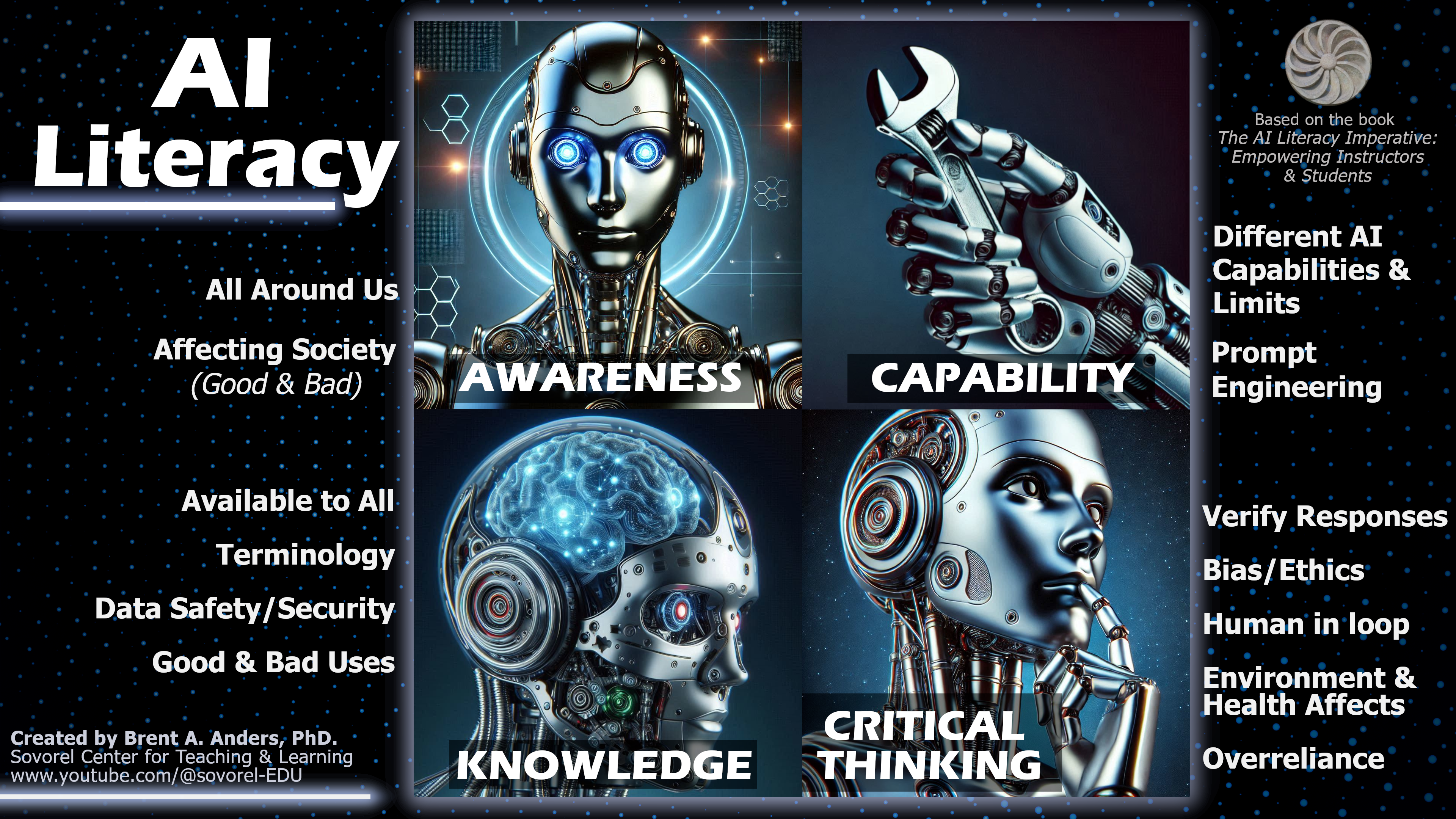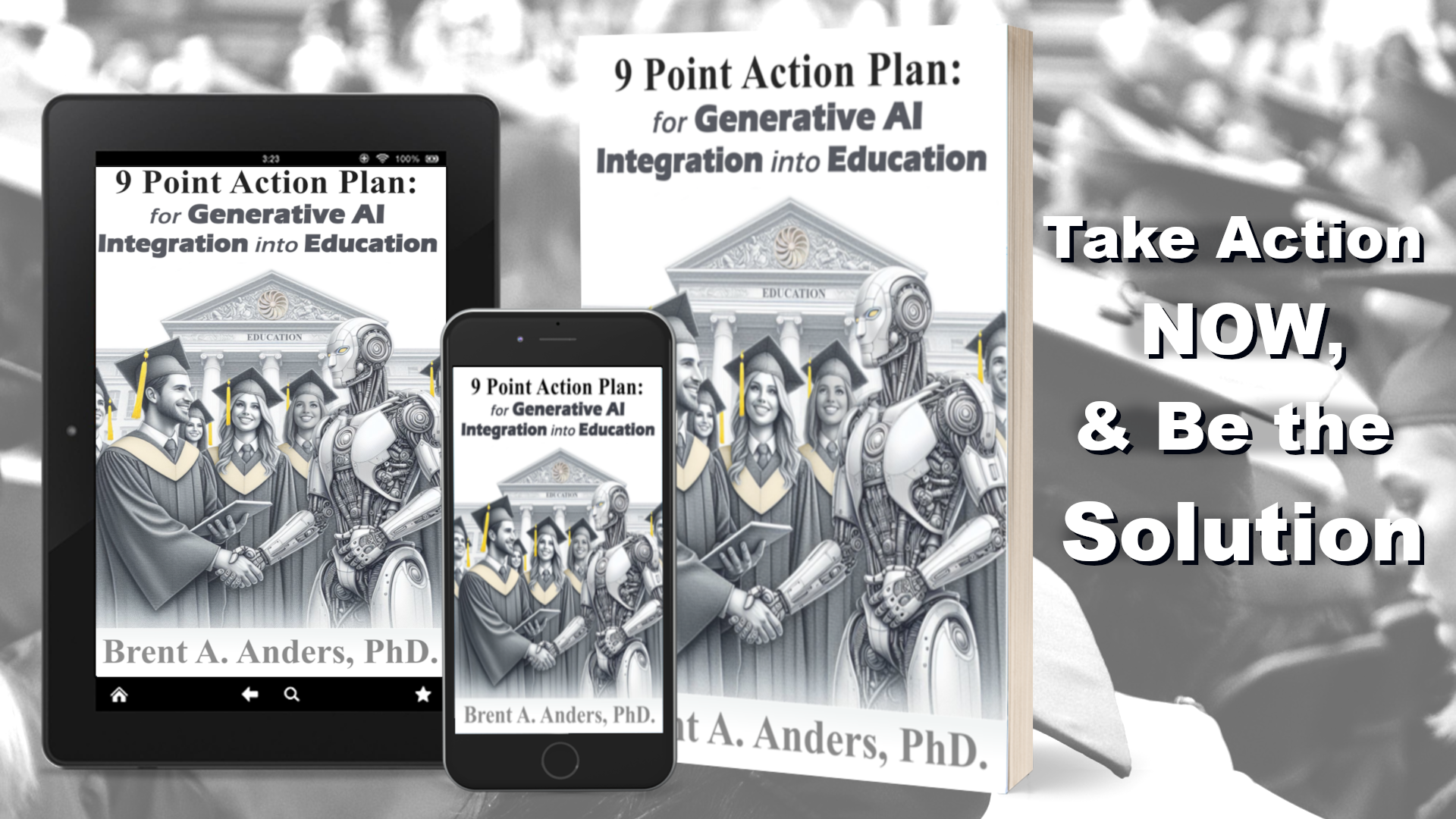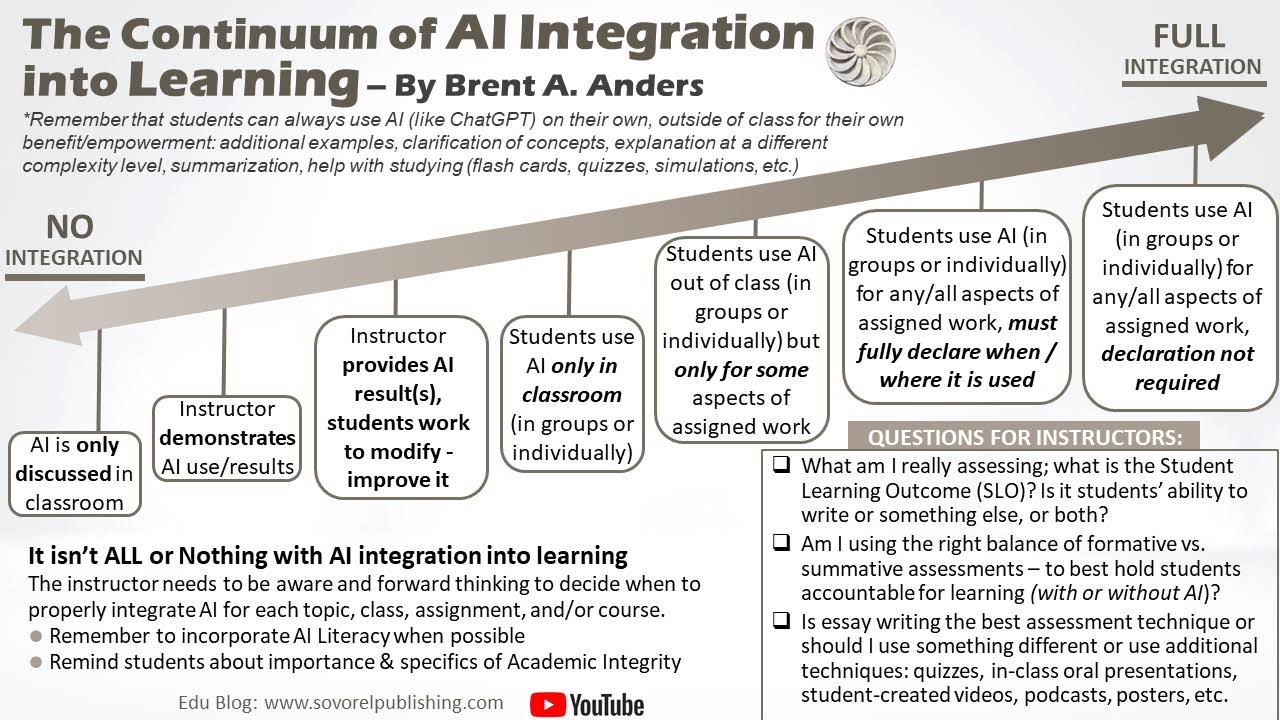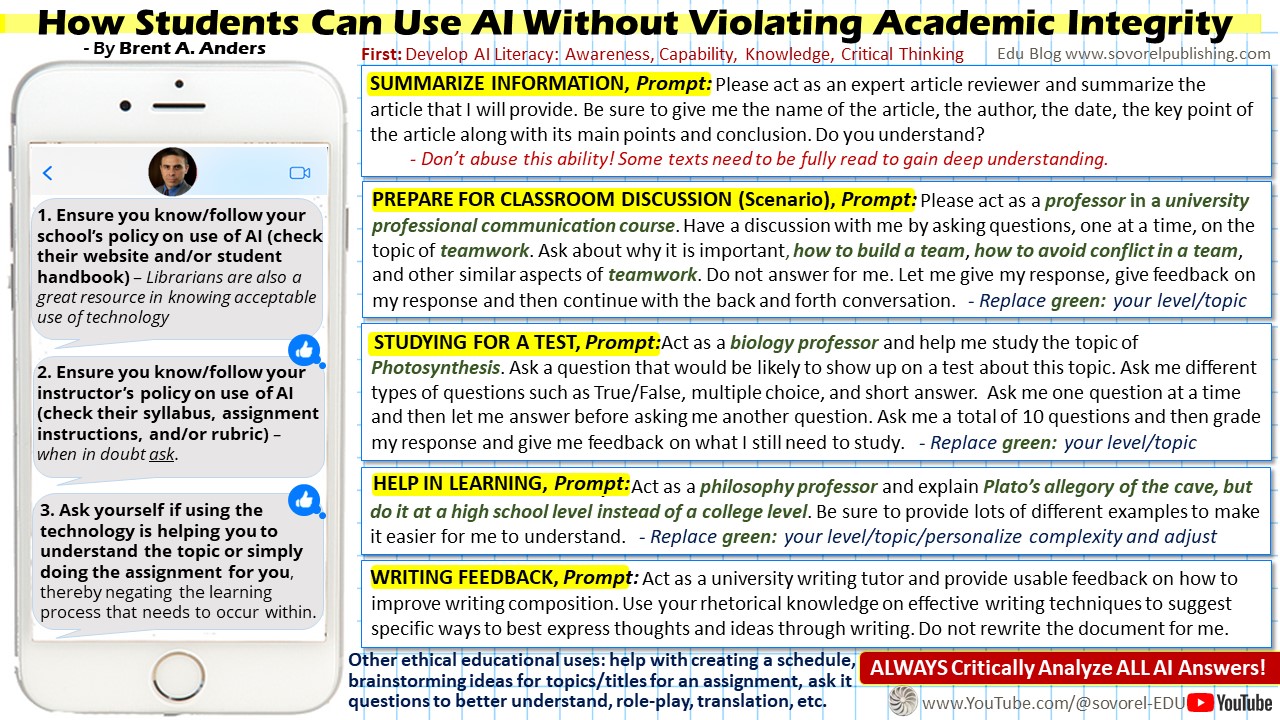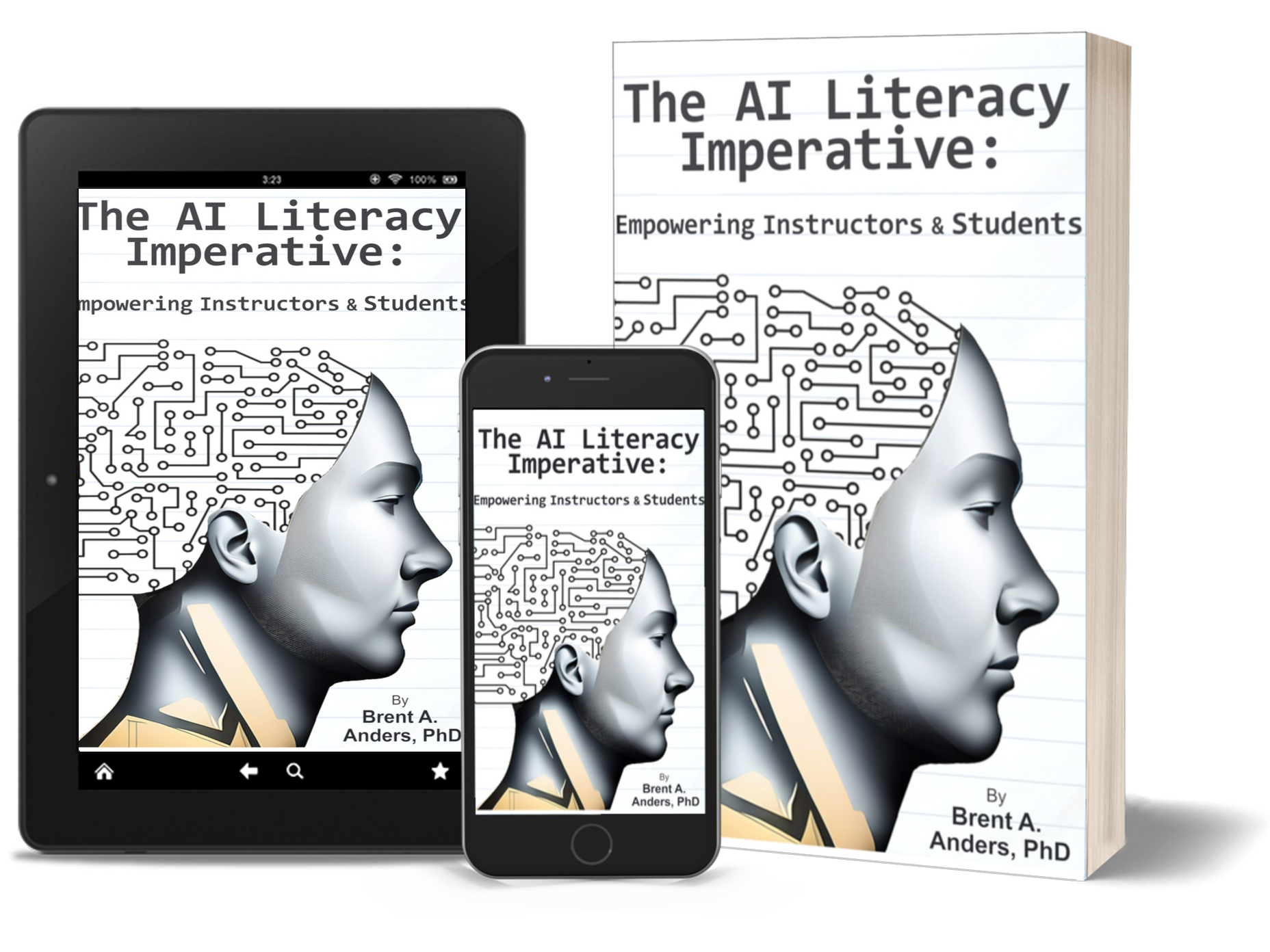The last year has been one of significant strides for RNL. We embarked on a journey to enhance our existing tools, aiming to provide our partners with even more powerful and effective solutions. This commitment has driven us to develop a suite of AI-powered tools designed to strengthen your connections with students and donors.
A focus on data-driven decisions and user-friendly solutions
Our primary goal was to create AI tools that are not only secure but also user-friendly and insightful. We aimed to provide you with a comprehensive view of your data, empowering you to make informed decisions and develop winning strategies. We understand the importance of ease of use, ensuring that our tools are accessible to everyone, regardless of their technical expertise.
Key achievements: RNL Insights, Compass, and RNL Answers
- RNL Insights: This AI-powered data management platform revolutionizes how you work with your data. By integrating data from various sources, including your enrollment CRM, financial aid modeling tool, and marketing analytics, Insights provides a unified view for informed decision-making. Its intuitive conversational interface allows you to ask questions and receive immediate answers, uncovering valuable insights you might have otherwise missed.
- RNL Compass: Our AI-powered digital assistant, Compass, streamlines communication and enhances efficiency. By automating responses to common student and parent inquiries, Compass frees up your admissions team to focus on more strategic tasks. Integrated with your CRM, Compass provides personalized answers, ensuring each interaction is tailored to the individual’s needs.
- RNL Answers: This AI copilot leverages your institution’s private data to provide valuable insights and support. Whether it’s crafting compelling marketing messages, assisting traveling admissions officers, or building robust knowledge bases for new team members, RNL Answers offers a secure and reliable AI-powered solution.
Beyond technology: Empowering partners with AI expertise
We recognize the importance of responsible AI adoption. To this end, we have introduced AI Governance and Education Consulting Services. These services provide guidance on integrating AI into your institution, including:
- AI Education: Training leadership teams, faculty, and staff on the fundamentals of AI.
- AI Governance Frameworks: Assisting in the development of frameworks that ensure ethical and responsible AI usage.
Collaboration and continuous improvement
To ensure our solutions remain aligned with your evolving needs, we have established the Leadership AI Council and the Product Advisory Council. These groups, comprised of our valued partners, provide valuable feedback and insights, shaping the future of our AI-powered solutions.
Looking ahead: A future of innovation
We have also began migrating some of the outbound communication tools our agents use to deliver your omnichannel outreach services to our new all-in-one platform—RNL Reach. While as a partner, your involvement in transitioning to RNL Reach is very minimal, but you will feel the benefit of the solution because your agents will be able to be more efficient in how they execute your campaigns and provide stronger analytics and reporting. This is the first step to making the new solutions and services we have planned in 2025 possible!
In 2025, we are committed to building upon the strong foundation we’ve established this year. We will leverage our expertise in consulting, data analysis, and AI to develop innovative solutions that address your unique challenges and help you achieve your goals.
A note of gratitude
We extend our sincere gratitude to all our partners for their trust and collaboration. We are honored to work alongside you and contribute to your success. We look forward to a continued partnership in the years to come.
Discover RNL Edge, the AI solution for higher education
RNL Edge is a comprehensive suite of higher education AI solutions that will help you engage constituents, optimize operations, and analyze data instantly—all in a highly secure environment that keeps your institutional data safe. With limitless uses for enrollment and fundraising, RNL Edge is truly the AI solution built for the entire campus.




